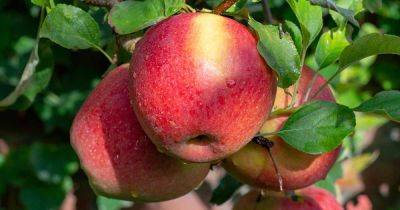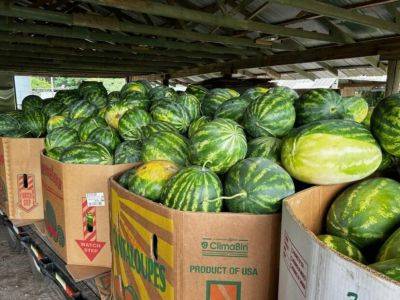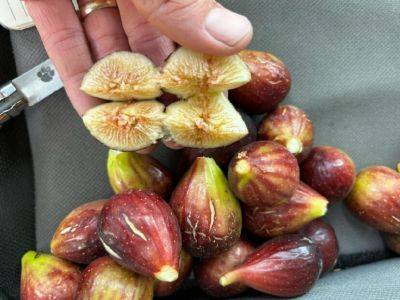How to Grow and Care for Braeburn Apple Trees Malus x domestica ‘Braeburn’
SC Fruit and Vegetable Field Report – April 26, 2021
24.07.2023 - 12:13 / hgic.clemson.edu
Rob Last reports, “Crops in the area continue to develop well, and I expect this to continue after some welcome rainfall over the weekend. Following the rain over the weekend and returning to warm temperatures, keep scouting for diseases in crops and ensure fungicide applications are made promptly. Spider mites show activity in a range of crops from strawberries to peppers, tomatoes, and blackberries. Cucumber beetles are beginning to be found in sticky traps. Currently, no damage is being seen to crops.”
Zack Snipes reports, “We finally got some rain last week that I think will benefit all of our crops. Spider mites were the talk of the community last week. I saw high populations on strawberries as well as blackberries. On farms with mixed produce, you will want to scout all crops, even if they are at a stage where they normally wouldn’t have mites. I found mites on tomatoes last week because they were adjacent to a strawberry crop. We need to get on top of this pest before it’s too late.“
Justin Ballew reports, “We had a cold event in the midlands that seems like it got around 5 degrees colder in most areas than what was forecasted. It got to 35 at my house Wednesday night/Thursday morning. South of Columbia and Lake Murray, I only heard a couple of reports of light frost, but north of Columbia, I heard reports of the temperatures reaching 31. We’re certainly going to see some damage in those areas to spring crops that weren’t covered. On another note, strawberries are yielding well right now. Growers are reporting that yields are at times outpacing sales. We finally got some rain this weekend (just under an inch at my house), so we’re going to see some water-damaged berries, and the moisture will give grey mold an
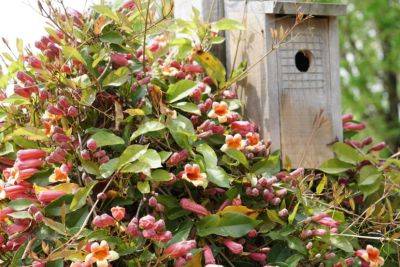
April Week 2 Garden Photos
What’s blooming in the Crooked Trail Farm Garden this week!

SC Fruit and Vegetable Field Report November 23, 2020
Rob Last reports, “Strawberry crops continue to develop well with minimal pest and disease pressure so far. Fall vegetables are progressing towards the market. We continue to see pest pressure from caterpillars, and a few isolated aphids have been spotted during scouting. As we progress towards the holiday season, scouting of crops remains of vital importance to catch insect infestation and disease progression early for treatments to be effective.”
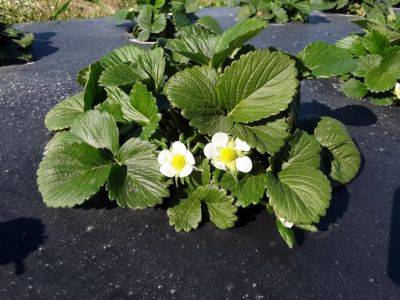
SC Fruit and Vegetable Field Report March 1, 2021
Rob Last reports, “Following a few days of warmer conditions, crops are moving on strongly. Flowering and fruit set is occurring in strawberry crops. At present, spider mites in treated crops are at very low populations, but with warmer weather, populations can increase rapidly. As we are entering flowering and fruit set, sanitation and fungicide applications will be required to keep gray mold managed. Remember to rotate FRAC codes to avoid resistance build-up. Fertigation is being applied, and it will be well worthwhile taking a tissue test from crops. Blueberries in the area are showing bud swell with early varieties showing open flower.”
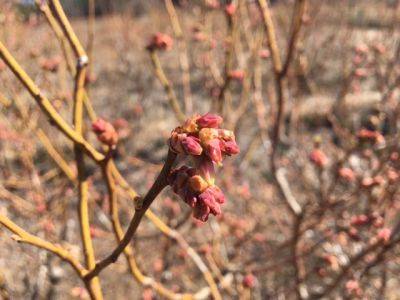
SC Fruit and Vegetable Field Report March 8, 2021
Zack Snipes reports, “We had some sunshine last week, which really brightened everything up. The last few nights have been cool, with some frost on the ground in the mornings. Things are starting to green up, and fields are drying out enough to plant. We are still direct-seeding crops around the region and will begin transplanting tomatoes in some areas this week. I spent last week checking strawberry fields to make sure things were good to go before they really bust out. I have been helping folks calibrate their drip fertigation systems for the upcoming season. If you think you need a hand with this, please let me know. Dialing in exactly how much fertilizer to use each day or week can really increase yields and lessen the amount of fertilizer that is leached. Leaching fertilizer means your plants aren’t taking it up, thus costing you money.”

SC Fruit and Vegetable Field Report. – April 19, 2021
Zack Snipes reports, “We had some nice weather last week. The tomato crop is looking great, as are most of our cucurbits and greens. I am seeing increased caterpillar pressure across the area. We had several calls from across the state early last week about sunburned strawberries. We went and visited the farms and tried to rule out disease, frost damage, etc. The only thing we came up with is some sort of sunburn damage. The damage was most prevalent on the southern facing sides of beds where there was poor canopy coverage. I also saw damaged tissue on tender lettuce, in my citrus plots at the CREC and on some new shoots of ornamentals at my house. I checked the solar radiation at the weather station at the CREC, and the units (W/m2) were 300-500 units higher on Monday compared to the prior 4 days. Perhaps we had intense UV levels and higher temperatures that led to this damage? Here is a really great article on the types of sunburn on plants and fruit.”
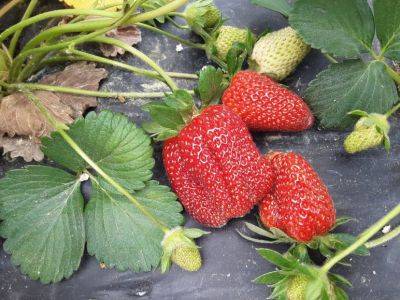
SC Fruit and Vegetable Field Report. – April 12, 2021
Rob Last reports, “Crops are generally doing well in the area, with strawberries coming off with good volumes. On the whole, row covers, or icing protected 97% of the susceptible flowers leading to 1-2% losses of flowers. The damaged flowers can increase grey mold pressure in the crops so, maintaining both sanitation and fungicide applications to strawberries will be crucial. As berries ripen, sanitation also becomes essential for reducing pest pressure from sap beetles. In some crops, where row covers were utilized, we see spider mite populations increasing and a few active thrips feeding on both flowers and berries. Other fruit crops in the area, such as blackberries and blueberries, look very good with low levels of damage from the freeze event last weekend. Peaches in the area are being thinned, with scouting being maintained for scale and plum curculio. Early planted watermelons did suffer from the frost in places, leading to 10-15% plant loss and hence the need to replant in a few areas. Other crops are moving slowly away from the injuries. Luckily a lot of crops were not beginning to vine and survived the worst of the damage. These plants are stressed, so care will be needed with any applications as well as scouting for pest and disease issues. Conversely, Cantaloupes in the area were direct seeded and have survived unscathed.”
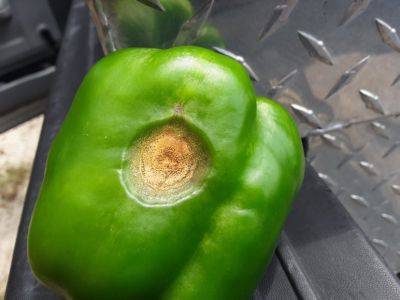
SC Fruit and Vegetable Field Report June 21, 2021
Rob Last reports, “Given the rainfall and humidity levels, we are seeing increases in foliar and fruit diseases on a range of crops. This includes cottony leak in cucumbers, anthracnose in peppers, tomatoes, and cucurbits. Also, please be aware cucurbit downy mildew is very active now. As a result, it is going to be really important to maintain fungicide programs in both a timely manner and to be robust. That being said, we have some great quality melons, both cantaloupe and watermelons, coming to harvest, as well as good volumes of quality peaches, blackberries, and a host of other vegetable crops.”
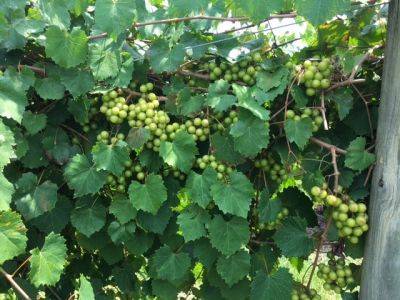
SC Fruit and Vegetable Field Report – July 26, 2021
Zack Snipes reports, “We are in a summer weather pattern with warm, muggy days and occasional thunderstorms. Most crops have finished up or are in the process. Now is a great time to sit down and do some crop planning and field rotation planning. I collected many soil and root tissue samples lately and had them analyzed for nematodes. I was surprised at how many nematodes were present in the fields. Nematodes can interfere with growth, cause stunting, and lower overall yields. Sometimes the symptoms of nematodes can be very discrete, so sampling right now is the best way to get a baseline of your populations and how to properly manage and rotate fields. If left unchecked, thousands of dollars are wasted before the first seed is planted into a field.”
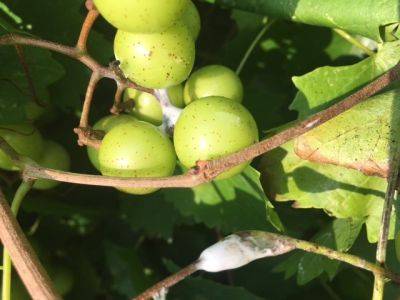
SC Fruit and Vegetable Field Report August 9, 2021
Rob Last reports, “Generally speaking, we are in the changeover period from spring to fall crops, with some fumigants being applied to next year’s strawberry plantings. If fumigants are used, make sure soil moisture is good and beds are firm to maximize efficacy. One thing we have observed in blackberries and blueberries in the area is the emergence of bark scale. Bark scale is a new pest to South Carolina and has previously been noted in ornamentals. However, reports for Asia, where the pest is native, indicate the bark scales can survive on Rubus species.
